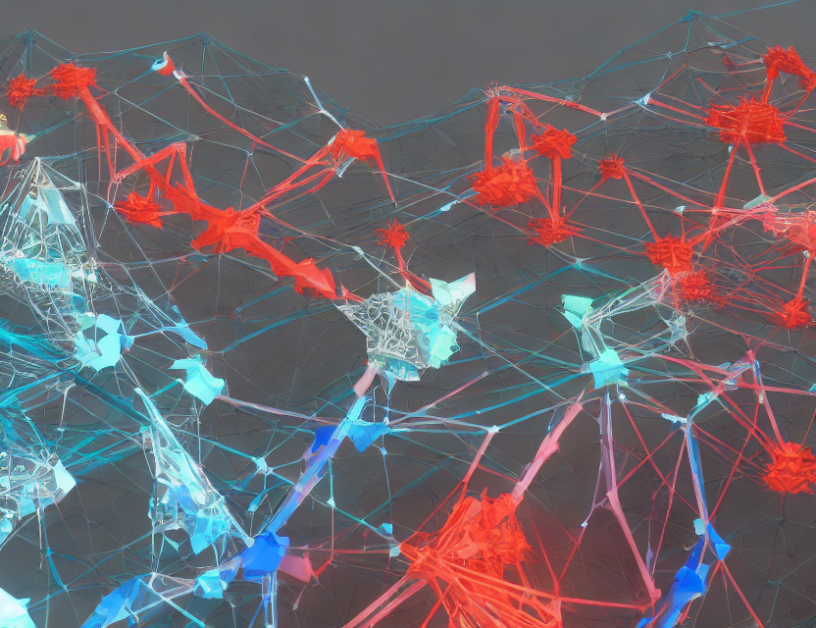Artificial intelligence (AI) has made tremendous progress in various fields, including games, protein structure prediction, and text generation. However, its real-world impact remains limited despite its potential to revolutionize society. This article focuses on fast-adapting safe reinforcement learning (RL) through meta-learning, a bi-level structure that combines constrained policy optimization (CPO) with meta-parameters updates.
Fast-Adapting Safe RL
Meta-learning is the key component in fast-adapting safe RL. It involves training the meta-learner to adapt quickly to new tasks while minimizing training time. The meta-learner could be a distinct model parameter or other adaptable parameters, such as learning rate and discount factor γ in reinforcement learning. By averaging the updates of the local learner across multiple tasks, the model can achieve strong generalization over its given training tasks.
Bi-Level Structure
The bi-level structure of fast-adapting safe RL consists of two levels: the inner level and the outer level. The inner level involves CPO updates for task-specific parameters, while the outer level focuses on meta-parameters updates at a higher level. This structure allows for efficient learning with minimal training data.
Implications
Fast-adapting safe RL has significant implications in high-stakes scenarios, such as autonomous driving or medical diagnosis. By combining meta-learning and CPO, the model can adapt quickly to new situations while ensuring safety. This approach has the potential to revolutionize various industries and improve decision-making processes.
Conclusion
In conclusion, fast-adapting safe RL through meta-learning offers a promising solution for improving AI’s real-world impact. By combining CPO with meta-parameters updates, the model can adapt quickly to new tasks while ensuring safety. This approach has significant implications in various industries and could revolutionize decision-making processes. As AI continues to advance, it is crucial to demystify complex concepts and develop practical solutions that can be applied in real-world scenarios.



